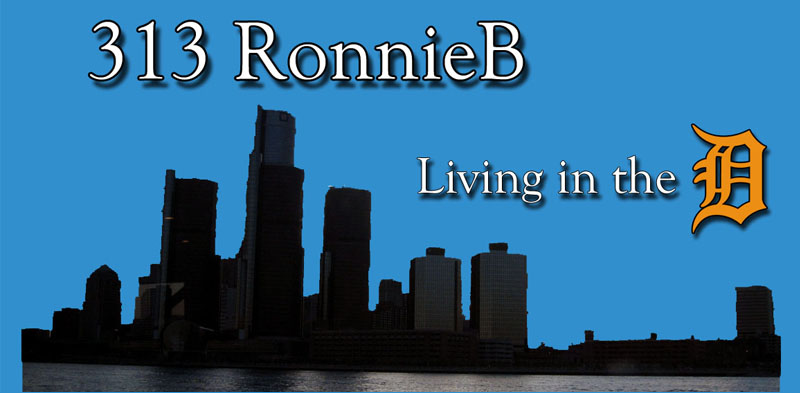Historical Preservation Tax Credits to the Rescue!
A few days ago, the Detroit Free Press ran an article discussing the imminent review of the historic preservation tax credits rules. To summarize, U.S. Interior Secretary Ken Salazar hopes the review and change to the current rules will allow cities like Detroit easier access to tax credits for the redevelopment of historical buildings.
A few days ago, the Detroit Free Press ran an article discussing the imminent review of the historic preservation tax credits rules. To summarize, U.S. Interior Secretary Ken Salazar hopes the review and change to the current rules will allow cities like Detroit easier access to tax credits for the redevelopment of historical buildings.
Right about now, you’re asking yourself, “Is this guy serious?”, but hear me out. I’ll be the first to admit that tax credits are not the sexiest subject, but this has merit. Let me take this opportunity to address a few common questions.
Question: What is the historical tax credit?
Answer: The historical tax credit allows developers to recoup 20% of their development costs for historical buildings. Basically, if you owed taxes of $100,000 and it cost $50,000 to develop a property, a developer would only owe only $90,000 in taxes because they’re allowed at tax credit of $10,000 ($50,000x20%)
Question: What’s a good example of prior use of the credit?
Answer: Try the Westin Book Cadillac on Washington. The historical hotel benefitted tremendously under the credit and now boasts world class lodging along with dining hotspots 24 and Michael Symon’s Roast.
Question: Why is this important?
Answer: Historical preservation credits are need more than ever due to the lending restrictions following the mortgage meltdown. In a city like Detroit, where prosperity has eluded us for a while, lenders view development as a risk and are less willing to provide the needed capital. These credits lessen the economic burden on developers.
Hopefully, you now understand the significance of these credits. I used an example in the thousands to make it simpler to understand but these developments are in the millions of dollars. Failure to act on historical preservation leads the demolition of sites like the JL Hudson Building and Tiger Stadium. Currently, the Wurlitzer Building on Broadway continues to decompose as the debris rains from the sky.
These developments, past and future are the infrastructure needed to make Detroit great once again. In addition, they have created a buzz downtown that promotes foot traffic, business openings, and even jobs. The more we embrace these developments, the greater the tax base in our growing city.
Finally, these developments are critical to the preservation of Detroit’s identity. When you ask people about what buildings characterize Detroit, you will hear the Renaissance Center or Madison Building. What you will not hear is a vacant parking lot or the newest fast food establishment.
I’ll leave you with a quote today.
“We shape our buildings; thereafter they shape us.” – Winston Churchill


